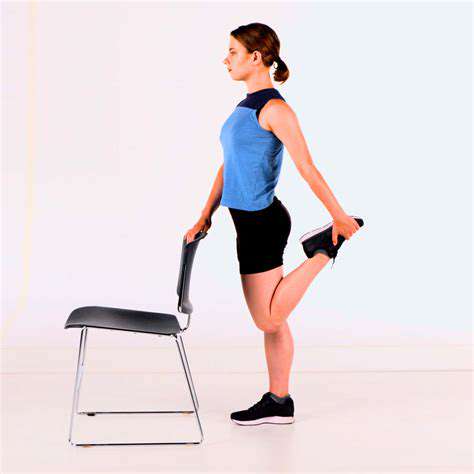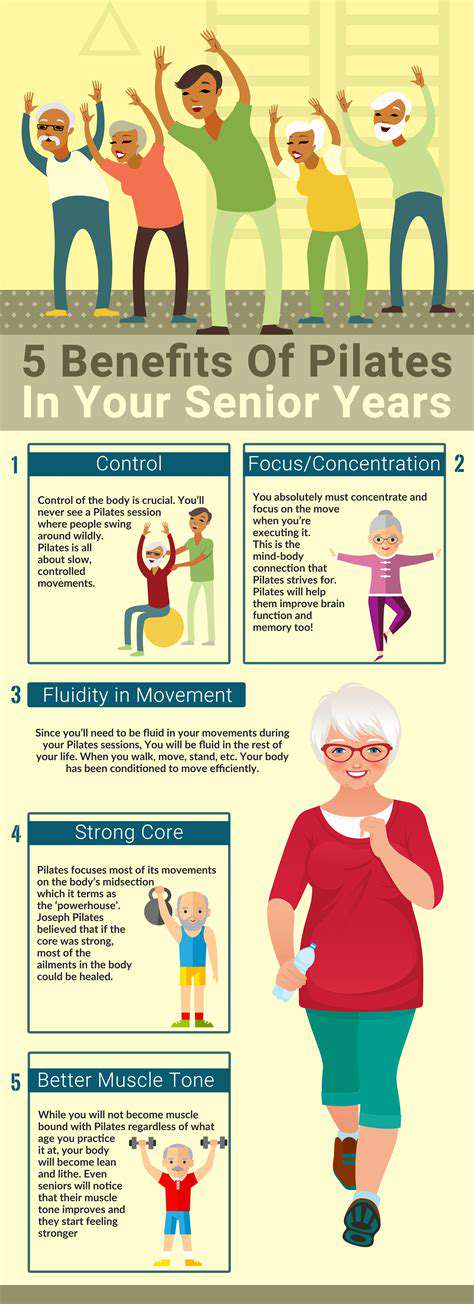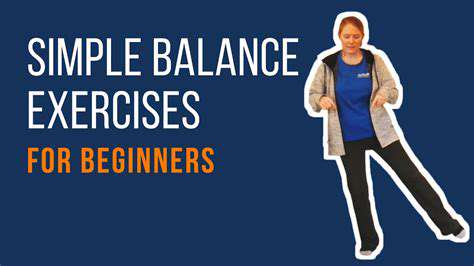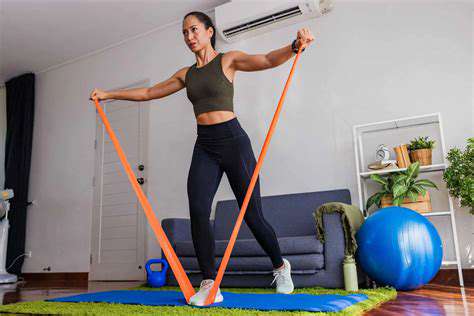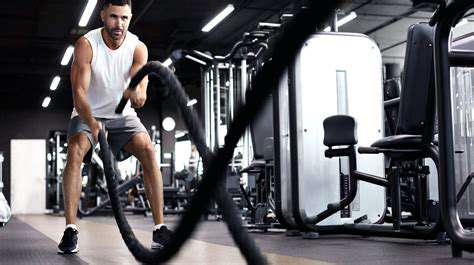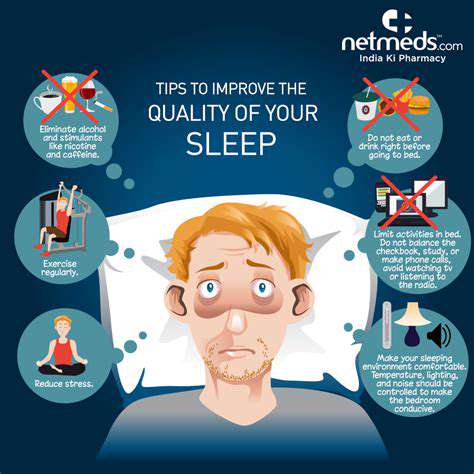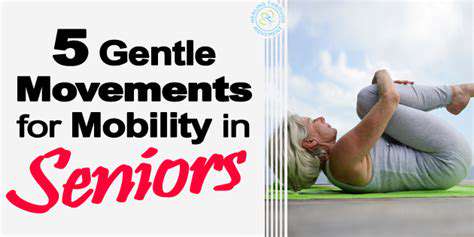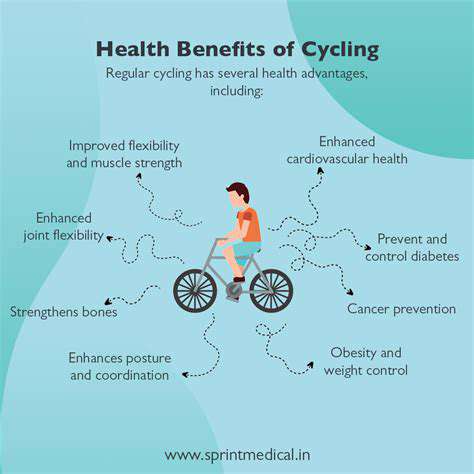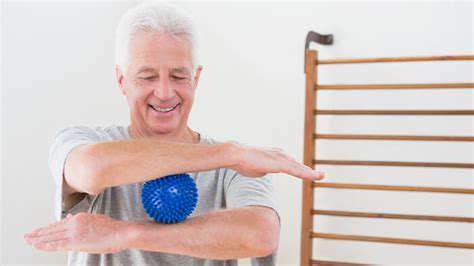Stay Strong and Independent: Senior Strength Training Guide (65 70)
Increased Energy Levels and Mood
There's a biochemical alchemy that happens when we strength train. Our bodies release natural mood elevators that combat the emotional heaviness that sometimes accompanies aging. The energy surge many experience post-workout isn't just physical - it's mental and emotional as well. This triple benefit makes strength training one of the most effective tools for maintaining a positive outlook during life's later chapters.
Better Sleep Quality
The relationship between resistance exercise and sleep is profound yet often underestimated. When we challenge our muscles, we're also regulating our internal clocks and stress response systems. Deep, restorative sleep becomes more attainable when we've given our bodies the right kind of daytime stimulus. For many older adults struggling with sleep changes, strength training offers a natural solution without medication side effects.
Reduced Risk of Chronic Diseases
The protective benefits of strength training extend far beyond the gym walls. Regular resistance work acts like a shield against some of our most feared age-related conditions. By improving how our bodies process sugar, manage inflammation, and circulate blood, we're building defenses against illnesses that can steal quality from our years. This preventive effect makes strength training one of the smartest investments in our future health.
Building a Personalized Strength Training Program
Understanding Your Goals
Creating an effective strength program begins with honest self-reflection. Are you aiming to carry groceries with ease? Play with grandchildren without back pain? Climb stairs without losing breath? These practical objectives matter more than arbitrary fitness benchmarks. Your personal why will shape every exercise selection and progression, making your program truly yours.
Assessing Your Current Fitness Level
Before designing any workout, take stock of where you're starting. Can you rise from a chair without using your arms? How many steps can you climb before needing to pause? These real-world tests reveal more than any gym machine. Remember - every champion started somewhere, and acknowledging your starting point is the first step toward meaningful progress.
Choosing the Right Exercises
The best exercises aren't the most complicated - they're the ones you'll actually do consistently. Focus on movements that translate to daily life: standing up, reaching overhead, carrying objects. Whether using resistance bands, body weight, or light dumbbells, the key is controlled, purposeful motion. Quality always trumps quantity when it comes to exercise selection.
Crafting a Safe and Effective Training Schedule
Consistency beats intensity every time. Start with two or three brief sessions weekly, allowing ample recovery between workouts. Think of your schedule as a flexible framework, not a rigid obligation. Some weeks you'll feel strong; others you'll need to scale back. This adaptability is the hallmark of a sustainable program.
Monitoring Progress and Making Adjustments
Progress at this stage of life isn't always measured in pounds lifted. Can you now carry your laundry basket without strain? Open stubborn jars more easily? These small victories matter most. Keep a simple journal noting these functional improvements - they'll motivate you more than any number ever could.
Seeking Professional Guidance (When Needed)
While many exercises can be learned independently, certain situations call for expert eyes. If you're managing arthritis, osteoporosis, or past injuries, a physical therapist can tailor movements to your unique needs. Think of professional guidance not as an expense, but as insurance for your continued independence.
Key Exercises for Seniors (65-70)
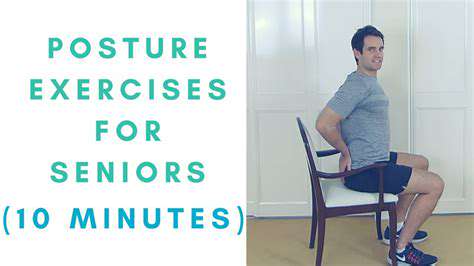
Warm-up Exercises
Never rush into exercise - your body deserves proper preparation. Begin with gentle mobility drills like ankle circles and shoulder rolls to awaken stiff joints. This gradual awakening process prevents the muscle shocks that lead to injury. Imagine your body as a vintage car - it needs proper warming up before hitting the open road.
Strength Training Exercises
Functional strength exercises should mimic real-life movements. Chair squats build the same muscles needed for rising from toilets or car seats. Wall push-ups develop pushing strength useful for getting up from falls. The beauty lies in their simplicity - no fancy equipment required, just your body and gravity working together.
Balance Exercises
Balance practice can be seamlessly integrated into daily routines. Try brushing your teeth while standing on one leg (near a counter for support). These micro-workouts accumulate throughout the day, building stability without requiring extra time. The key is consistency - brief but frequent balance challenges yield the best results.
Flexibility and Stretching Exercises
Stretching should feel like a gift to your body, not punishment. Focus on areas that tighten from daily life - shoulders from driving, hips from sitting. Hold each stretch at the point of gentle tension, never pain. Remember: flexibility gains come gradually, like a flower unfolding in sunlight.
Cardiovascular Exercises
Heart health doesn't require marathon sessions. Short walks after meals, dancing to favorite songs, even vigorous gardening all count. The magic happens when you find activities you enjoy enough to repeat regularly. Consistency transforms these movements into powerful medicine for your cardiovascular system.
Cool-down Exercises
Cooling down is your body's transition back to daily life. Gentle stretches during this time help muscles retain their elasticity. This mindful transition period often gets skipped, yet it's when much of the recovery magic happens. Treat it as your body's natural cooldown process, not an optional extra.
Circulation issues affect nearly one-third of adults, making proactive leg health measures essential for maintaining mobility.
Safety First: Preventing Injuries During Strength Training
Proper Warm-up and Cool-down
The bookends of your workout - warm-up and cool-down - deserve as much attention as the main exercises. Dynamic preparation literally warms your tissues, making them more pliable and responsive. Similarly, gradual cool-down prevents blood pressure drops that can cause dizziness. These practices aren't just about injury prevention - they enhance your workout quality too.
Choosing the Right Weights and Form
Here's a simple test for appropriate weight selection: if you can't maintain perfect form for eight repetitions, the weight is too heavy. Conversely, if you could easily do fifteen reps with good form, consider increasing slightly. This Goldilocks approach - not too light, not too heavy - ensures steady progress without unnecessary risk. Remember: proper movement patterns matter more than the numbers on the weights.
